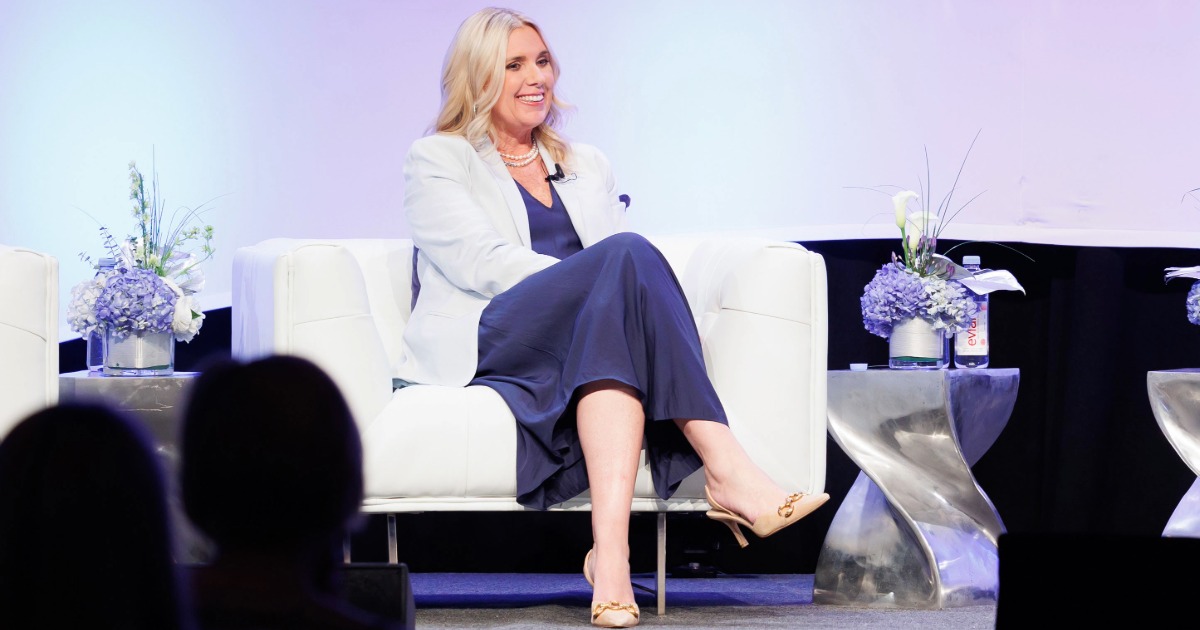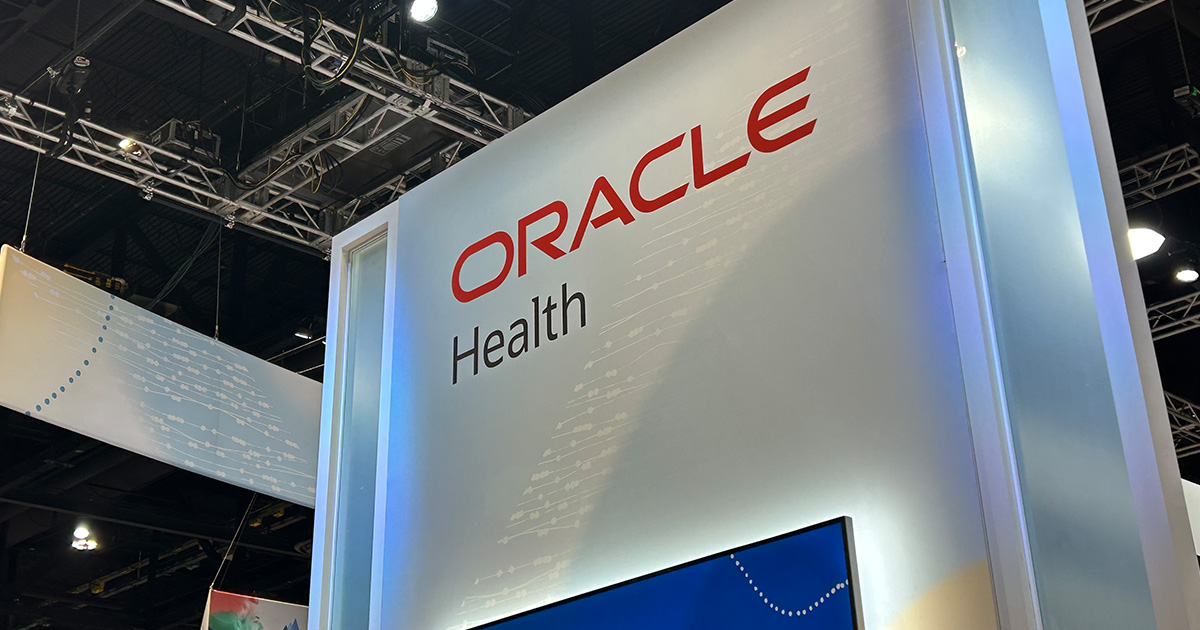"Siri, can you tell me if natural language processing will make its voice heard at HIMSS15?"
Good question. And to Jonathon Dreyer, director of Cloud and Mobile Solutions Marketing at Nuance Communications, the answer is most definitely yes.
In past years, he says, NLP solutions tried to do too many things and ended up doing nothing well. Or they focused so specifically on one task that there was little chance of providing sustainable value for clinical users. Today, with better voice-recognition technology clinicians can accomplish more with voice-friendly platforms like Nuance’s Cintegrity 360, Dragon Medical 360 and PowerScribe 360.
"It really has opened up the realm of possibilities over what you can do with these devices," Dreyer says.
Nuance has been making steady gains this year in the clinical space, thanks to a number of partnerships with EMR vendors who are recognizing the need to give clinicians better and easier ways of entering data into the medical record. Among the more notable partnerships is a collaboration with eClinicalWorks to embed cloud-based medical speech recognition technology into the eClinicalTouch app for the iPad and the eClinicalMobile app for iOS and Android. That's the bridge to the mHealth landscape that Dreyer says will see a lot of action in the coming year.
And with HIMSS15 on the doorstep, Dreyer is expecting advances in three key areas:
1. Empathetic interfaces. Dreyer calls this the "humanistic approach," a focus on adapting to conversational engines like virtual assistants (like Nuance's own Nina), rather than forcing the user to adapt to the technology.
2. The emergence of new form factors. The explosion of wearable devices, especially smartwatches, and the steady advances made by Google Glass in the clinical space means there will be new opportunities for NLP. (Google said in mid-January that it will stop marketing Glass to consumers but development still continues.)
3. The blending of patient and provider tools. The last two years have seen advances in two-sided applications, Dreyer says, enabling patients and providers to collaborate on pre-visit and post-visit data collection, as well as during the encounter.
Dreyer won't tip his hand as to what Nuance will be bringing to HIMSS15 just yet, but expect to see an announcement or two that crosses both consumer and clinical lines. The company's goal, he says, is to develop technology "that's compatible with life," and that both consumer and clinicians will feel comfortable using.


